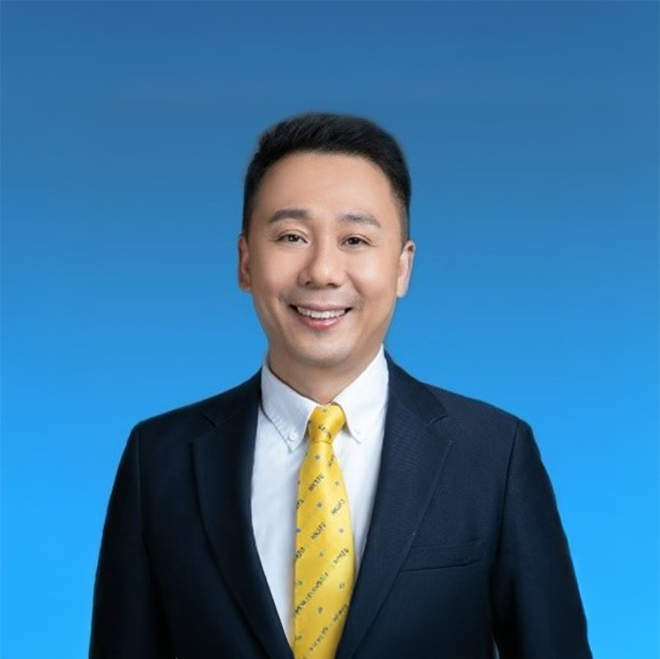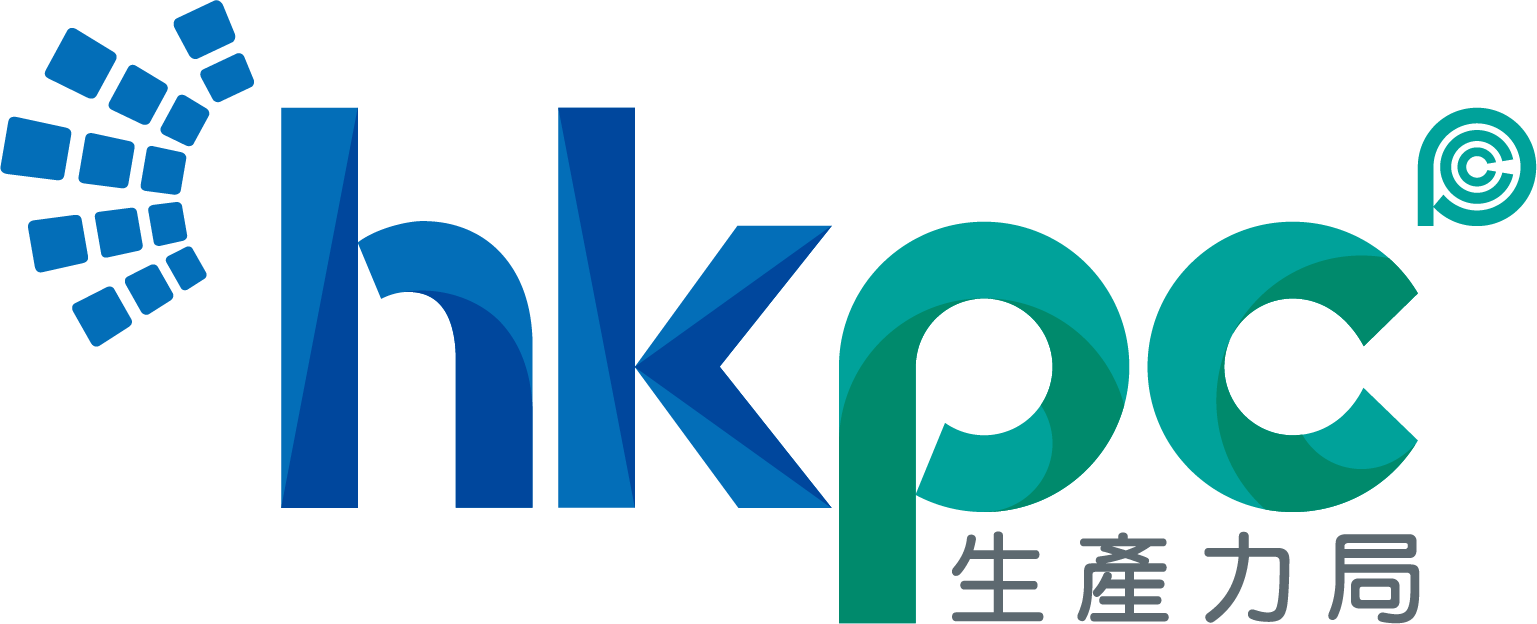
Congress Schedule
Congress Schedule
Day 1 Registration
Conference Hall, 4/F, HKPC Building,
78 Tat Chee Avenue, Kowloon
09:00 – 09:30
Opening and Group Photo
09:30 – 10:00
Plenary Talk 1 | Mr. Ma Jie (CSEA)
Surface Engineering Technology 40 Years of Progress in China
Surface engineering technology covers a wide range and is constantly developing. This report focuses on reviewing and introducing the 40 years of development and future trends of surface treatment technology such as electroplating, coating and conversion film in China.

Mr. MA Jie
10:00 – 10:30
Plenary Talk 2 | Mr. Jimmy Kwok, JP (HKSFS)
A New Chapter for Materials Finishing in HK and Greater Bay Area
Along with the global industrial development, materials finishing is considered as a multi-disciplinary technology for achieving such specialised surface feature, such as anti- corrosion, wear resistant and decorative appearance, and becoming a critical factor to fulfill specific requirements of high-quality manufacturing products. Mainland China was estimated to be the potential market for highest consumption. With a view to cope with the growing market demand, in-depth analysis and assessment were conducted for various Hong Kong surface finishing companies to investigate their business and technology gaps. Findings concluded that new R&D application, practical environmental technology, quality management system and branding & marketing strategy are the four most important development focuses among all other factors. It is recommended that companies should assess their current technical ability and market application, together with a comprehensive analysis on customers and product requirement, to establish a tailor-made strategic plan following the steps stated in the report. To conclude, diversifying technology and market application, increasing environmental content and minimizing operation cost would be the overall solution for developing the Hong Kong surface finishing industry in HK and Greater Bay Area.
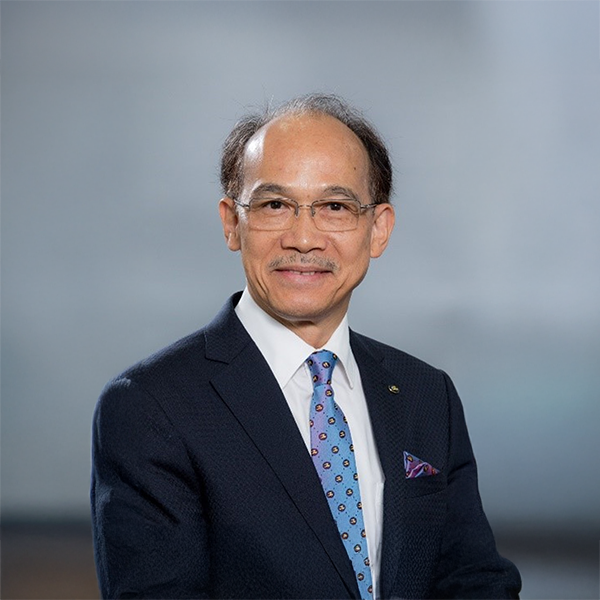
Mr. Jimmy KWOK Chun Wah, JP
10:30 – 11:05
Break , Visiting Program and Booth Visit
11:05 – 11:50
Plenary Talk 3 | Prof. Karl Ryder (IMF UK)
Sustainable Manufacturing in The Finishing Industries and the Management of Critical Technology Metals
The speech will cover various aspects of electrochemical materials finishing with a focus on sustainable manufacturing and on the dissolution and recovery of critical technology metals such as silver, gold, nickel, cobalt silver and gallium. Such metals are often ubiquitous and essential for many modern technologies for example electronics (Ag, Au, Ni), energy conversion used in batteries or solar panels (Ag, Li, Co, Ni, Cu, Al) and even common light sources (Ga, In). However, they are also usually present in a very dilute form comprising a tiny proportion by mass of an assembled device.
Here the speech will cover some challenges and novel approaches in reclaiming and electrowinning some of these technology critical metals as well as exploring the technological synergies shared by the metal finishing and sustainable energy industries. The speech will include examples and case studies from a series of funded projects undertaken by the CSMP on novel battery chemistries, corrosion protection, and the recycling of battery waste and spent photovoltaic panels. The speech will include descriptions of the variety of techniques and characterisations for surface coatings as well methodologies, some of which involve the novel solvent systems (deep eutectics) for which the Leicester group and Centre are most well-known.
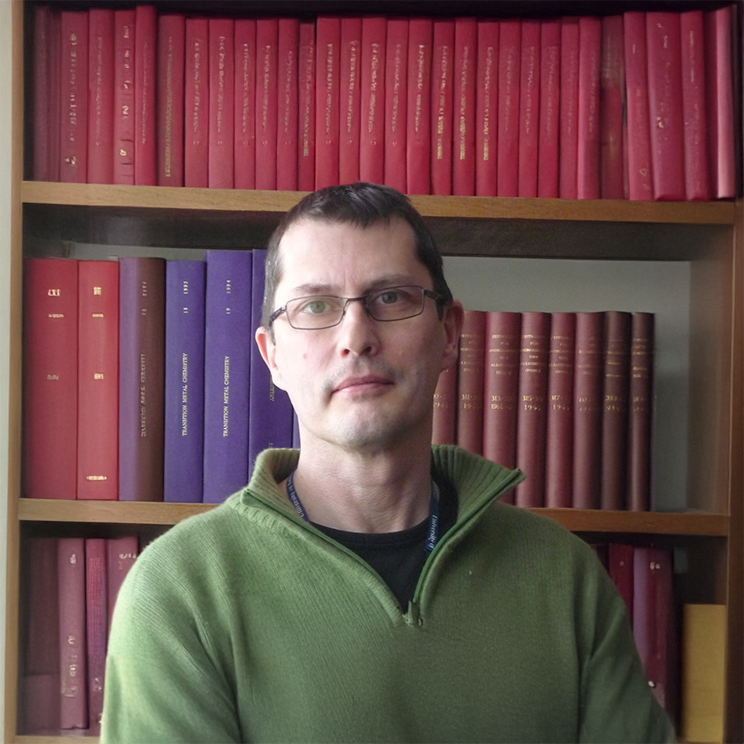
Prof. Karl Ryder
11:50 – 13:15
Lunch time
13:15 – 14:00
Plenary Talk 4 | Prof. Sungmo Moon (Korean Society of Surface Science and Engineering)
Surface Finishing Technologies for Light Metals
Surface treatment methods of light metals of Al, Mg and Ti are introduced in this lecture. Fundamental mechanism of anodic oxide film growth during anodizing and PEO (Plasma Electrolytic Oxidation) processes is discussed in view of decomposition of water, migration of ions and dielectric breakdown of surface oxide films. Current efficiency during anodizing is also discussed in terms of type and content of alloying elements and electrolyte. Structural changes of anodizing films including pore structure and residual second-phase particles and cavities are reviewed in view of the effect of alloying elements. Generation of arcs with various colors, sizes and densities is discussed in relation to the pore structure and thickness uniformity of the PEO films. Five different types of arcings during the PEO film formation are distinguishable: random arcings, group arcings, soft sparkings, mixed arcings and local burnings. . In this presentation, various characteristics of anodizing and PEO processes for light metals will be presented and discussed.
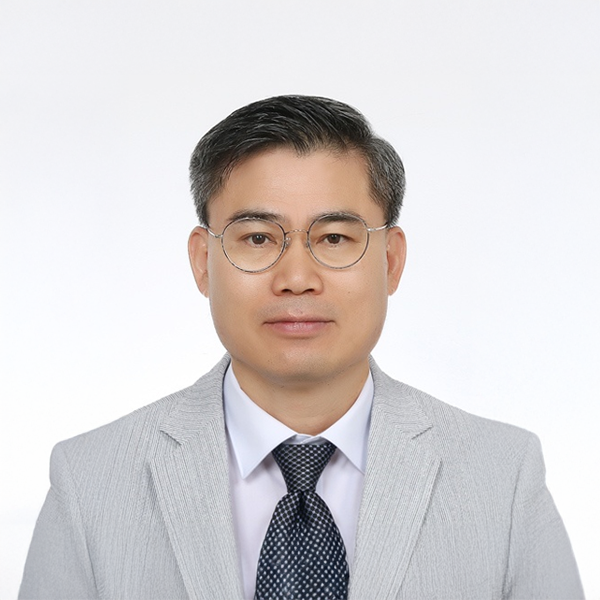
Prof. Sungmo MOON
14:00 – 14:45
Plenary Talk 5 | Dr. Timothy Gotsick (MacDermid Enthone)
How Surface Finishing Can Contribute to A Cleaner World
In the acidic sulfate copper plating system, the mainstream technology for PCB microvia metallization is to regulate the copper deposition rate inside and outside the microtias by various functional additives, and ultimately achieve "bottom-up" filling in microvias. This report takes accelerators and levelers as the research objective. Based on the review of molecular structure characteristics of the reported additives, new types of accelerator and leveler molecules are designed and synthesized, and their electrochemical behavior and filling performance are studied.
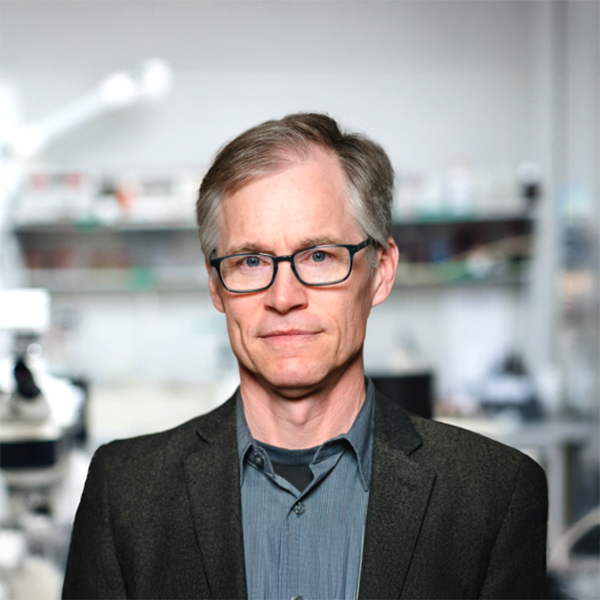
Dr. Timothy Gotsick
14:45 – 15:30
Plenary Talk 6 | Prof. Lawrence Li (City University of HK)
Multilayer DLC for High-Contact Stress Applications
To explore and comprehensively understand C/C multilayer DLC under high-contactstress, the sputtering control system was updated to remove the limitation of steps that could be used in a deposition run. The new study was designed to determine the layer thickness effect in terms of wear of multilayer DLC at high contact stress (~2.0 GPa, ~2.7 GPa, ~3.0 GPa, ~3.5 GPa). Seven DLC multilayer (1:1) samples with 1, 2, 5, 10, 20, 40, and 80 bilayers were deposited on 440C steel, wherein bilayer thickness ranges from approximately 12 nm to 1,000 nm. Among all, 10 bilayers DLC (bilayer size: 100nm) exhibited the minimum wear rate ~7.9 x 10 -8 mm 3 /Nm after 10,500 cycles at ~3.5GPa.
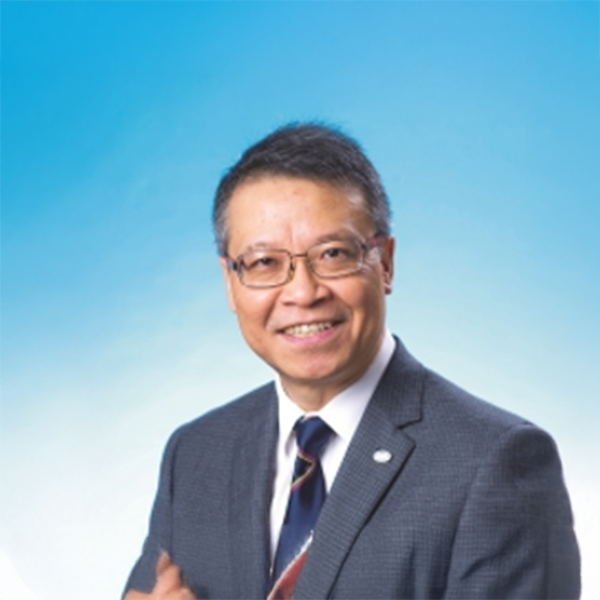
Prof. Lawrence LI Kwok Yan
15:30 – 16:00
Break and Visiting Program
16:00 – 16:45
Plenary Talk 7 | Representing the Surface Finishing Society of Japan
Prof. Hideyuki Kanematsu (Suzuka College) /
Prof. Song-Zhu Shochiku KURE-CHU (Nagoya Institute of Technology)
Graphene & Graphene Oxide Dispersed Alkoxysilane Resin Coatings and Their Biofilm Properties
We investigated the potential of practical coatings by dispersing graphene and its oxides into alkoxysilane-based resins and applying these coatings on various materials, including steel. The study focused on examining the environmental barrier properties, surface characteristics, and electrochemical responses of the coated samples. Additionally, using the ISO 4768 anti-biofilm material evaluation method, which our research group significantly contributed to establishing on July 18, 2023, we evaluated the anti-biofilm properties of the graphene-dispersed coatings. High anti-biofilm properties could make these coatings suitable for preventing slime formation, while promoting biofilm growth could lead to applications in biofilm-based technologies. From these perspectives, we explored the potential of these coatings as practical materials from various angles.
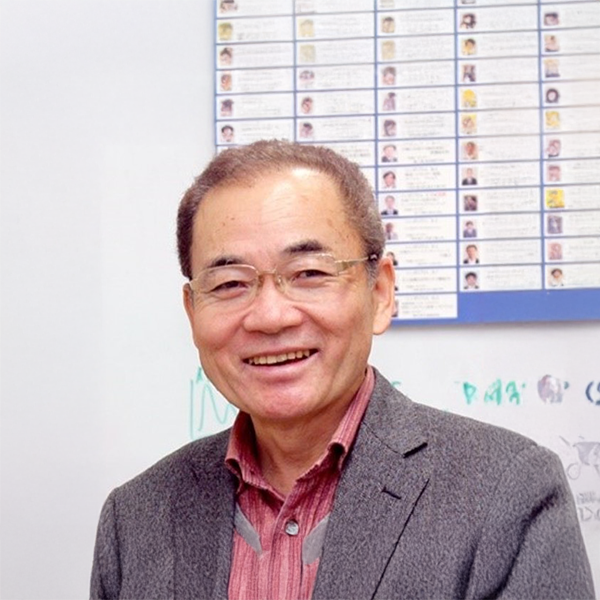
Prof. Hideyuki Kanematsu
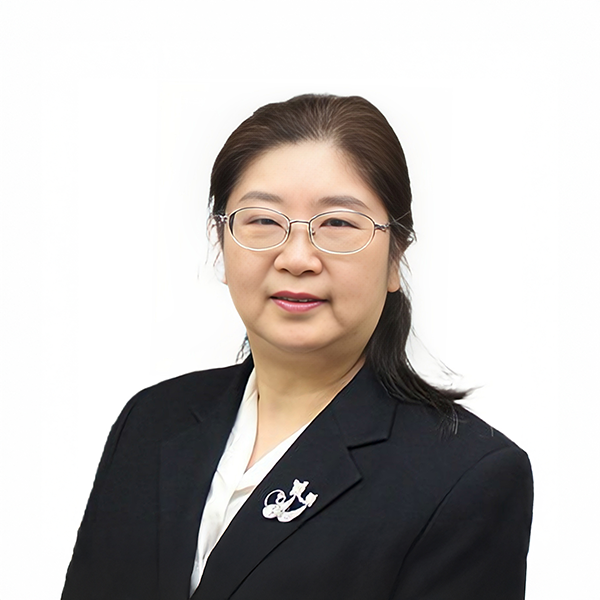
Prof. Song-Zhu Shochiku KURE-CHU
16:45 – 17:30
Plenary Talk 8 | Prof. Yasuyuki Sawada (Nagoya University Japan)
Plasma Processing and Its Application to Materials for Energy Storage Devices
Solution plasma is a non-equilibrium plasma in solution and it can realize nanoparticle synthesis of metals and ceramics, and can do surface treatment of powders and carbon materials at room temperature. Using solution plasma with surface treatment method, we have conducted research and development on the synthesis of battery electrode materials and catalysis. For example, the solution plasma treatment of fillers of composite materials, including the electrode and catalyst layers method, provides the good dispersion in various solvents.
In this talk, in addition to the overview of solution plasma, I will present our recent research results related to the development of materials for energy storage devices, especially on fuel cell catalysts and carbon electrode materials and novel materials for all solid-state battery, which we have developed in recent years.
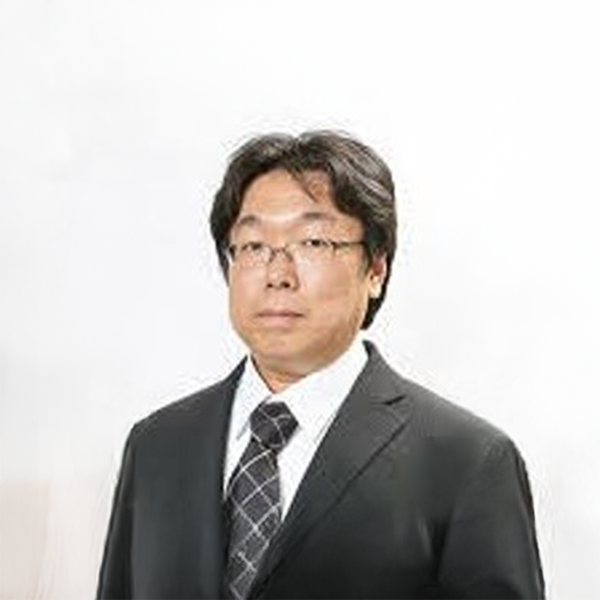
Prof. Yasuyuki SAWADA
17:30 – 17:45
Closing Remarks
08: 45 – 09:00
Day 2 Registration
Theatre 1, 1/F, HKPC Building,
78 Tat Chee Avenue, Kowloon
09:00 – 09:40
Prof. LI Ning (Harbin Institute of Technology)
Preparation and Action Mechanism of Iridium-Coated Titanium Anode for Copper Plating of PCB With Low Additive Breakdown
系統研究了Ir系塗層鈦陽極製備工藝對塗層鈦陽極的性能影響機制,並通過活性層改性、表面電化學陽極沉積氧化物X層等手段,在電極過電位僅升高5 mV基礎上,SPS消耗速率降低超50%。研究表明,氧化物X層對CTA表面IrO2晶體活性位元點具有掩蓋作用,避免了添加劑分子與活性位點的直接接觸,OER活性則通過Ir-O-M的電子調製作用極大的保留。
( English version is not yet provided )
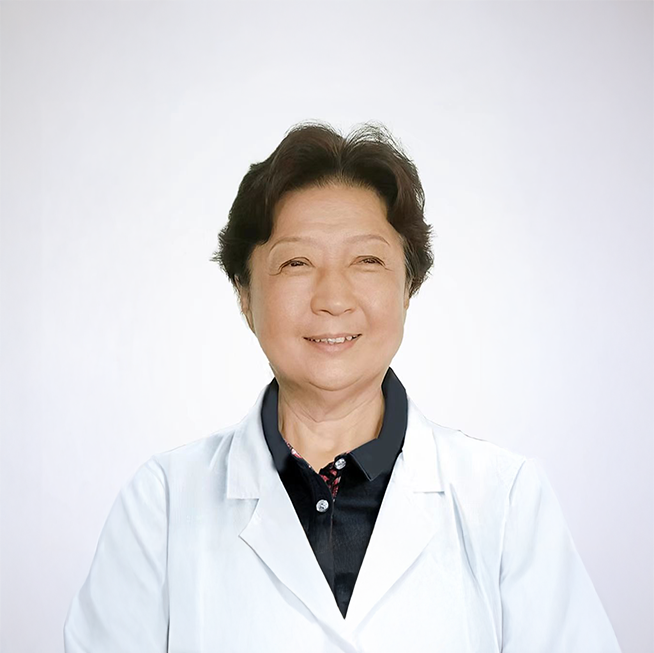
Prof. Ning Li
09:40 – 10:20
Prof. ZHENG Zijian (Hong Kong Polytechnic University)
Polymer-assisted Metal Deposition for Flexible Electronics
Recently developed Polymer-Assisted Metal Deposition (PAMD) allows ambient fabrication of flexible, foldable, stretchable, compressible, and wearable metal (especially Cu) conductors with very high conductivity. The key innovation of PAMD is the use of a thin and functional polymer interfacial layer that assists electroless deposition (ELD) of metal thin films and patterns (Au, Ag, Cu, and Ni) on soft substrates such as plastics, elastomers, papers, and polyurethane sponges. Such a polymer interfacial layer offers remarkable adhesion between metal and substrate, which is critical for enhancing the mechanical durability of the metal layer upon large deformation. In general, PAMD includes three steps, being (1) surface grafting of functional interfacial polymer, (2) immobilization of the catalytic moieties, (3) metal deposition by ELD. Importantly, PAMD is compatible with versatile substrates and different printing technologies at ambient conditions. On the basis of these advantages, PAMD is employed to fabricate flexible, foldable, stretchable, and wearable conductors and devices.
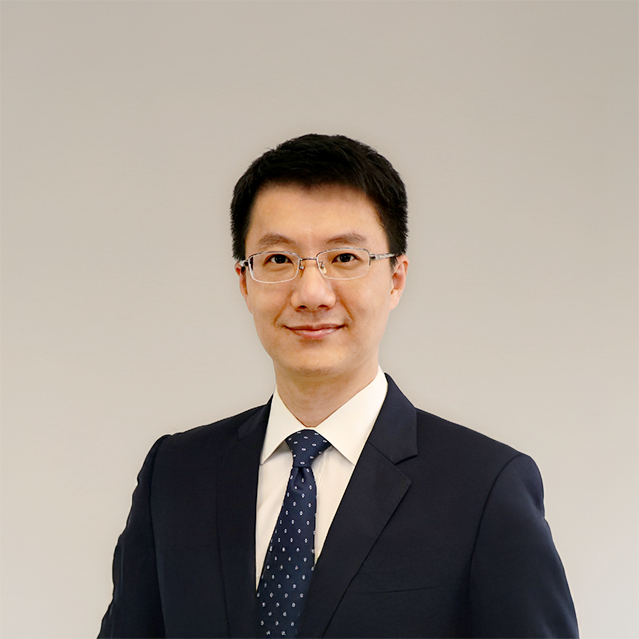
Prof. ZHENG Zijian
10:20 – 10:35
Break
10:35 – 11:15
Prof. CHEN Yuanming (University of Electronic Science & Technology of China)
Construction of Functional Metal Deposition Layer on Some Materials
Metal deposition on different materials can be applied to multifunctional construction such as surface patterning, electromagnetic wave absorption, and through-hole filling, expanding the application of materials. (1) Graphically selected electroless copper plating: Using photo grafting technology, patterned polar hydrophilic groups are formed on the surface of polyamide-6 (PA6) to easily construct graphical copper interconnect pattern. (2) Application of copper filling in X-shaped through holes: using laser double-sided drilling method to form X-shaped through holes; Explore the effects on the filling of copper voids in X-shaped through holes, and propose effective solutions to improve the quality of copper filling in X-shaped through holes. (3) Magnetic Cobalt Deposition and Inductive Applications: Organic additives are used to synergistically regulate the quality of magnetic cobalt growth in silicon grooves and planar copper inductors. The deposition and implantation of magnetic cobalt can enhance the inductance value of inductive components. (4) Porous carbon electro deposition of sea urchin like nickel and its absorption applications: Preparation of porous carbon materials from biomass sources using high-temperature carbonization technology; Regulating the current density distribution of porous carbon to achieve uniform electro growth of sea urchin shaped nickel particles on the surface of porous carbon to improve microwave absorption.
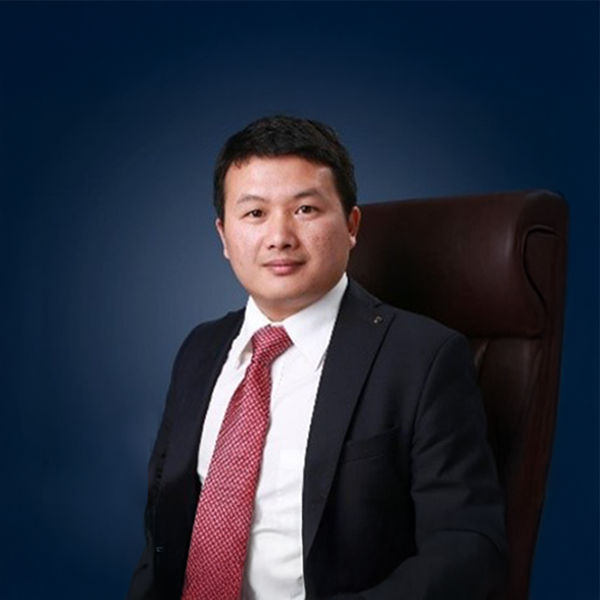
Prof. Chen Yuan Ming
11:15 – 11:55
Prof. Song-Zhu Shochiku KURE-CHU (Nagoya Institute of Technology)
Tailored Fabrication of New Functional Composite Coatings on Various Non-Ferrous Metals Through Hybrid Surface Technologies for Next Generation Power Devices and High-Performance Batteries
Surface finishing technology of materials plays an essential role in ensuring the safety and performance in versatile fields including power electronic devices, automobiles and mechanical equipment, battery and energy conversion, as well as aircraft and aerospace parts. We will introduce several novel approaches on functional surface finishing technologies of various non-ferrous materials, e.g., to fabricate Ag(Sn, Cu, Ni)-Graphene composite coatings on copper and aluminum alloys with high electrical and thermal conductivities for automotive terminals/connectors and power electrical/electronic devices, Al2O3/Sn(Ni)-MoS2 composite coatings on aluminum alloys with enhanced lubricity/wear resistance for engine/transmission parts, TiO2-TiN(-Sn, MoOx, MoS2) composite films on titanium for high-safety anode materials of lithium-ion batteries with large capacity, and Ni-W-Mo(-O)-based composite coatings on Ti, Al, and Mg alloys for various transportation/aircraft parts with enhanced mechanical strength and excellent corrosion resistance.

Prof. Song-Zhu Shochiku KURE-CHU
11:55 – 13:20
Lunch Time
13:20 – 14:00
Prof. SUN Jian-Jun (College of Chemistry, Fuzhou University)
Bump Electrodeposition of Tin-Based Alloys for Advanced Packaging
Recent research development in our group for bump Electrodeposition of Tin-based alloys, such as SnAg, SnAgCu, SnBi, SnSb and SnAg,for advanced packaging is presented. In addition, in-situ observation and electrochemical studies on copper pillar bump filling process are introduced.
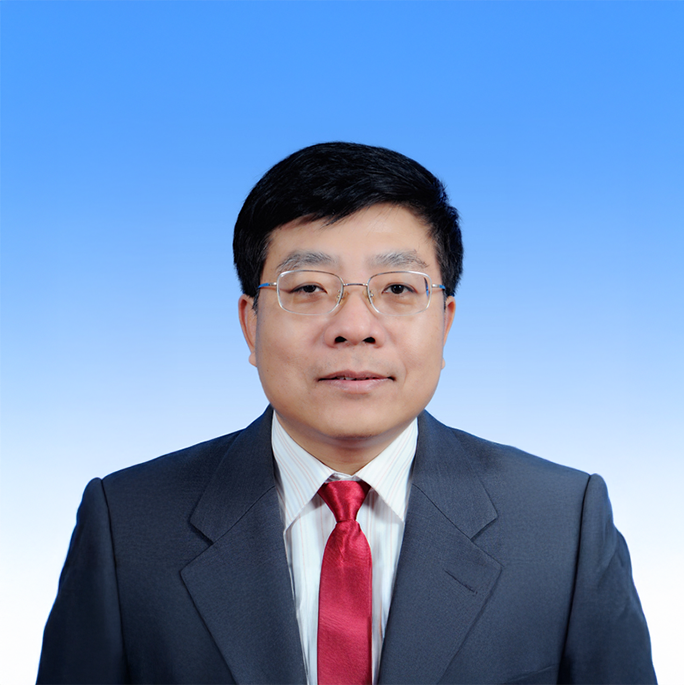
Prof. SUN Jian-Jun
14:00 – 14:40
Prof. Tsunehisa Suzuki (Department of Machine Intelligence & Systems Engineering, Akita Prefectural University)
Nickel deposition mechanism of laser-enhanced electroless plating using CW laser
It has been studied that influence of temperature distribution on nickel deposits growth by laser-enhanced electroless plating using continuous wave (CW) laser. The temperature distribution of back side of pure iron (Fe) substrates was measured by thermal microscope during laser-enhanced electroless plating process, and then the temperature distribution of surface was calculated by FEM method. The results indicated that the size of Ni deposits and Ni morphology can be controlled by substrate temperature and Ni deposition is depend on temperature in the case of using CW laser.
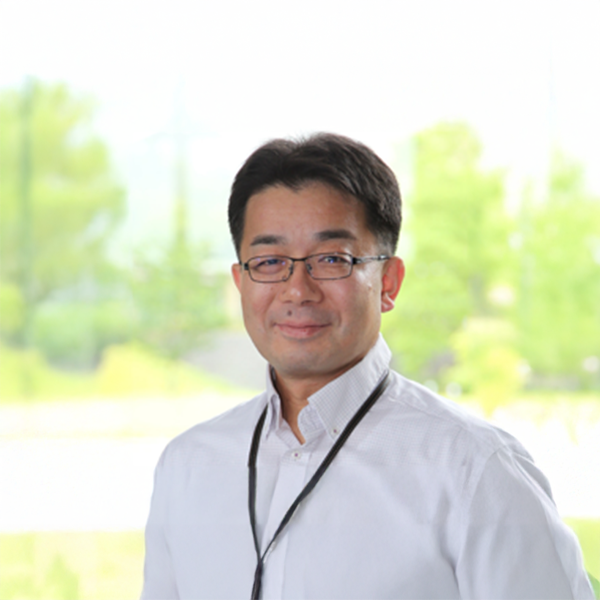
Prof. Tsunehisa Suzuki
14:40 – 15:20
Prof. Lin An (Wuhan University)
Application of Closed Cycle Technology in Electroplating Production Line in China
In order to gradually realize the elimination and replacement of PFASs in electroplating industry, research on the application technology of BAT/BEP was carried out through the collection and circulation of chromic acid and chromic fog inhibitors in chromium mist and rinse water. The use of highly selective, strong acid and corrosion resistant resin exchange technology, key low temperature recycling heat energy technology (low temperature evaporation technology), chromic acid concentration and chromium mist inhibitor back to the chrome plating tank for use, and water circulation to the rinse tank for continued use, the reuse rate of main substances reached 95% to 99%.
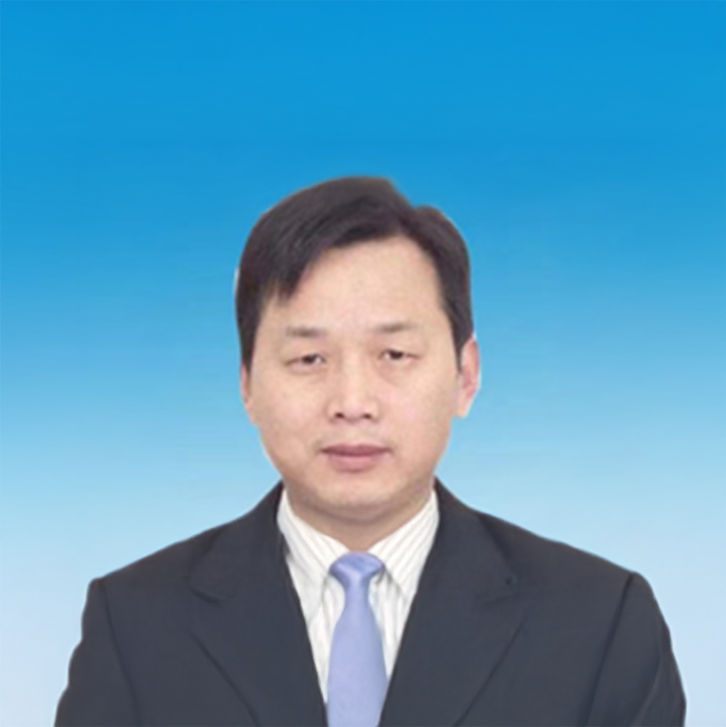
Prof. LIN An
15:20 – 15:35
Break
15:35 – 16:15
Prof. Sik Chol Kwon (Inha University – Graduate School of Engineer)
Surface Technology, The Foundation of Korea’s Industrial Development
The surface treatment industry has played a crucial role in South Korea’s transition from a developing country to an advanced economy by improving manufacturing quality, enhancing competitiveness across various industries, fostering innovation, and creating economic value. With this technological foundation, South Korea has been able to achieve sustained economic growth and secure global competitiveness in numerous industrial sectors.
This presentation introduces the historical experiences on the progressive development of surface treatment technology in Korea from 1950’s to 2020’s and its connection with industrial development, hoping that it will serve as a model for national strategies for developing countries through industrialization in the future.
Furthermore, it aims to contribute to technological measures for human coexistence by utilizing surface treatment technology that contributes to carbon neutrality in terms of preserving the global environment in the future.
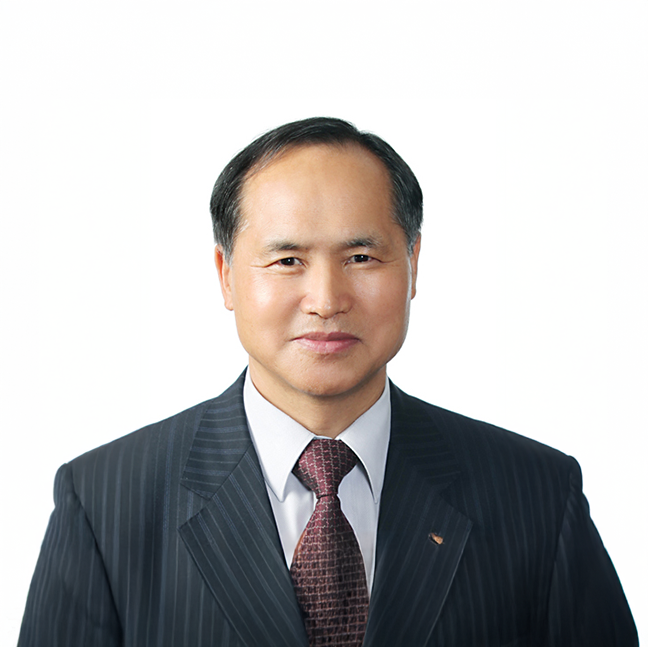
Prof. Sik Chol Kwon
16:15 – 16:55
Mr. Nicholas Chang (HKSFS)
Surface Finishing From Industrialization To Green Technology Development
表面處理從工業化到綠色技術發展受到系列傳統工藝的局限。從六價鉻到三價鉻、從傳統PCB線路板工藝到玻璃基板等,PFOS等污染物的限制使行業發展呈現出低碳化、綠色型的必然趨勢。放眼國內外,各行各業的技術需求推動行業不斷革新,可持續性表面處理技術成為未來綠色製造的重要方向。
( English version is not yet provided )
